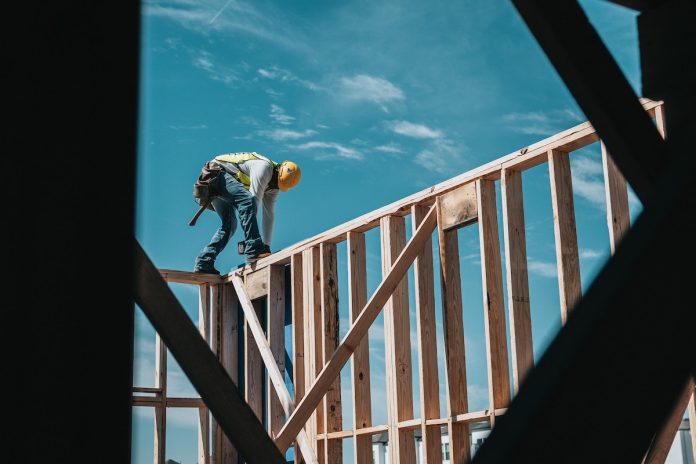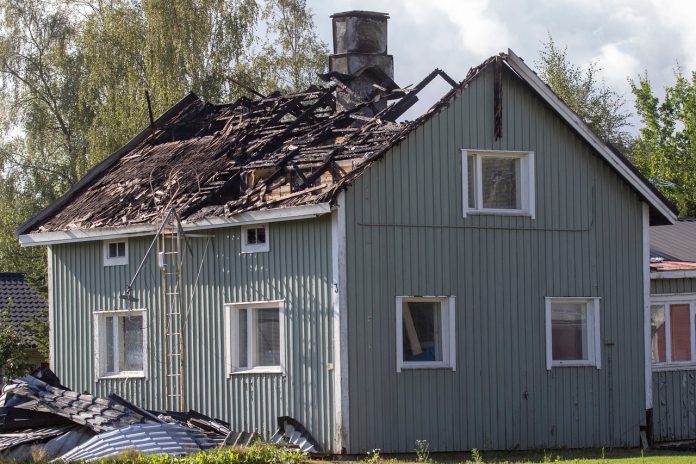6 Common Natural Disasters That Cause Damage to Buildings in the Pacific Northwest
Natural disasters are weather events that have the potential to pose a serious threat to human life and significant damage to structures and the land in general. Hurricanes/typhoons are one of the biggest and most well-known natural disasters in the world because they can lead to other natural disasters, such as flooding, erosion, landslides, and even spawn tornadoes. Fortunately, the Pacific Northwest region of the United States doesn’t have to worry too much about hurricanes/typhoons, but there are six other common natural disasters that cause damage to buildings.
1. Dust Storms
A dust storm occurs when an extremely strong wind carrying dust and other debris forms a wall-like structure that can be hundreds of miles long and thousands of feet high, with wind speeds of at least 25 miles per hour, and can last for a few m minutes up to an hour. What makes them dangerous and devastating is that they can form seemingly out of the blue and make it hard to see and breathe. Although they’re more common in desert areas (which cover a portion of the Pacific Northwest), they can happen anywhere loose dirt can be picked up by high winds. Fortunately, Washington State and Oregon don’t see the most dust storms (California, Arizona, New Mexico, and Texas do).

2. Earthquakes
Earthquakes are some of the most common natural disasters in the U.S. and in the world, with many earthquakes unable to be felt by humans. However, when it comes to earthquakes that can be felt, the west coast of the U.S. has more earthquakes than the rest of the country, with the majority occurring in California, Nevada, Alaska, and Hawaii. Still, Washington State and Oregon feel earthquakes from time to time, and some earthquakes cause damage to homes and other buildings, as well as roads.
The Pacific Northwest (and the entirety of the west coast) sits along the Ring of Fire, which is known for volcanic and seismic activity that can cause earthquakes and tsunamis. For his reason, the west coast is also prone to tsunamis from time to time.
3. Landslides
Landslides almost always cause damage because they are a movement of the earth down a slope caused by disturbances in the natural stability of the earth. Heavy rain, earthquakes, and volcanic eruptions can all cause landslides, but landslides are also natural occurrences that don’t necessarily need a trigger (other than gravity). Landslides can destroy homes and other buildings, and they can also affect stormwater management.
4. Rain Storms (Heavy)
The Pacific Northwest is notorious for being wet and cold for much of the year, and these rain storms can be heavy and result in flooding. Floods are the most devastating natural disasters in the world, resulting in numerous deaths over the years and also billions of dollars in damage (worldwide) within the last couple of years. Floods can be major or minor, and even minor floods can result in serious water damage to your home and other buildings. Fortunately, companies doing water damage mitigation in Portland, Oregon, and throughout the Pacific Northwest can help you salvage much of your home from flood damage.
5. Snow Storms
Snow storms are also pretty common in the Pacific Northwest, and they’re also known to cause damage, close down roads, and cause power outages. Ice and strong winds also come with snow storms, and all three of these elements can damage your roof and other structures and items outside. Another issue associated with snow storms that many people may not be aware of is flooding. When heavy snow begins to melt, it can create a buildup of water in some places.
6. Wildfires
Like earthquakes, wildfires are another natural disaster that is more common on the west coast of the U.S., and many things can cause a wildfire. Even though the Pacific Northwest is known for being cold and rainy, this is usually only from October to March. During the summer and early fall, the weather is drier, and this region can even experience droughts— and this leads to an increase in the likelihood of wildfires. These fires can destroy everything in their paths if they’re not contained or extinguished.
The Pacific Northwest region of the U.S. is prone to a variety of different natural disasters, from cold and wet weather conditions to dry and dusty conditions. The main thing is to be prepared for any type of natural disaster to strike, whether it’s through specific insurance coverage or knowing who to call when an unpreventable disaster strikes.







